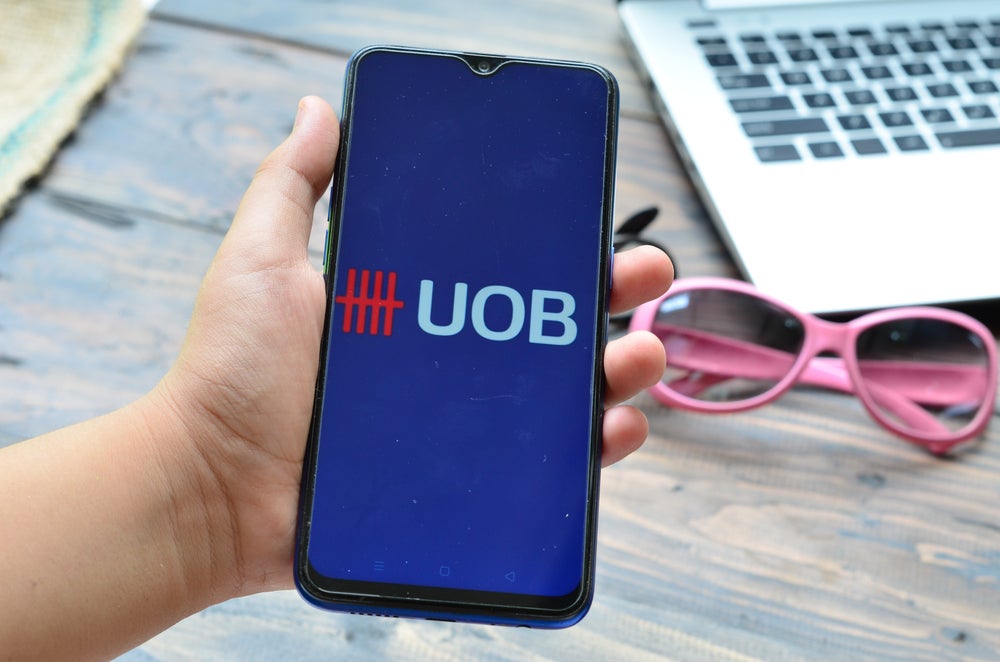Competition for the
custom of Asia’s affluent consumers is creating a range of refined
segmentation strategies among banks. With potential revenue of up
to $1,000 per customer per year, banking the affluent is big
business and, as Will Cain reports, success will be measured in the
hundreds of millions of dollars.
 Banks in Asia are
Banks in Asia are
scrambling to provide services to the region’s affluent customers –
and for many, segmentation is the key.
Domestic and foreign-owned
banks in Asia are refining their offerings in high-end retail
banking, spawning a new vocabulary in
segmentation-speak.
Traditional concepts of
retail, affluent and private banking are now been sliced up to
include so-called ‘feeder’ segments into affluent banking and also
a segment for a segment banks call the ‘inbetweeners’ – affluent
banking customers who are close to the threshold for private
banking services.
For foreign banks – notably
HSBC and Standard Chartered (StanChart) – the emphasis is currently
on the ‘feeder’ segment.
How well do you really know your competitors?
Access the most comprehensive Company Profiles on the market, powered by GlobalData. Save hours of research. Gain competitive edge.

Thank you!
Your download email will arrive shortly
Not ready to buy yet? Download a free sample
We are confident about the unique quality of our Company Profiles. However, we want you to make the most beneficial decision for your business, so we offer a free sample that you can download by submitting the below form
By GlobalDataHSBC’s launch of a new
proposition, Advance, in February 2010, and StanChart’s Preferred
Banking, introduced seven months later, are two examples of
strategies to acquire emerging affluent customers.
Each caters to individuals
whose investible assets are lower than the $100,000 threshold for
the banks’ respective affluent propositions, HSBC Premier and
Standard Chartered Priority Banking.
This move up the wealth
spectrum is driven by the growth of a new wealthy Asian middle
class and increased competition in the traditional affluent
segment.
HSBC estimates that there are
between 800,000 and 900,0000 emerging affluent segment clients in
Singapore – those with investible assets of S$20,000 ($16,224) to
S$200,000. In Hong Kong, StanChart believes the corresponding is
around 1.25m.
Across Asia, including India
(1.2bn people) and China (1.3bn), there are 86m of these customers,
a number growing at an estimated 20% per year.
Marcus Teo, acting head of
personal financial services at HSBC Singapore, says the banking
community in Singapore, including HSBC, is increasingly focusing on
the traditional affluent banking clients because it acts as a
feeder.
“At the Premier level, it is
getting very crowded. If you interview any affluent client,
typically, they will hold more than one Premier-style banking
relationship. Increasingly, that is the case,” he says.
The extent of the competitive
squeeze in the affluent space is demonstrated by flagging customer
acquisition numbers at HSBC’s Premier affluent banking
service.
In 2007, the bank set an
internal target of reaching six million Premier customers by the
end of 2011 – a figure now likely to be missed. At the end of 2010
it had 4.4m Premier customers, adding 980,000 new accounts during
the year.
HSBC aims to generate $1,000
revenue per year per Premier customer, meaning for every 100,000
customers HSBC falls short of, its target, it misses out on $100m
in potential annual revenue. Teo is unable to say if the group-wide
target would be met as his responsibility is solely for the
Singapore market. However, HSBC Premier customer acquisition in
Singapore is up on the prior year.
Whether HSBC reaches its
target or not, the figures highlight how high the stakes are in the
battle for Asia’s wealthy individuals. Competition for affluent
customers is intensifying not just among HSBC’s traditional
competitors in the region – primarily Citi and StanChart – but also
due to local banks’ efforts.
“Asia-based banks and their
foreign counterparts both have good reasons to segment further,”
says Liew Nam Soon, a banking and capital markets consultant at
Ernst and Young in Singapore.
“The large domestics have the
benefit that some of the foreign banks don’t – a big depositor
base. They aim to improve profitability by getting customers to do
more, by way of investments in higher margin products.”
Hong Kong-based CITIC Bank,
through its CITICfirst wealth management service, and Singapore’s
DBS and UOB are good examples of a slightly different approach to
segmentation among domestic Asian players.
Acquiring new customers is
not as big an issue for Asian banks as it is for their foreign
counterparts.
They already have a large
retail customer base in different Asian countries. As Liew
highlights, the challenge for these banks is to provide better
service and, in the process, cross-sell to the wealthy clients
already on their books – the ‘inbetweeners’.
In May, UOB introduced
Privilege Banking, a combination of high-end retail banking and
wealth management services. It followed a similar one by DBS, which
added a new Private Client segment to its existing DBS Treasures
affluent banking service linking Treasures and DBS Private Banking
for clients with $1m and $3m in investible assets.
Citi is one exception to the
trend of Asian banks’ emphasis on inbetweeners: Since April 2010,
it has been offering a private client service with a more coherent
link between its affluent Citigold service and its private
bank.
The new service was needed
arguably because of the sale of its Smith Barney retail brokerage
business to Morgan Stanley, which left a large gap between its
existing affluent banking services and the private bank.
HSBC is now considering a
similar move, Teo says.
“There is significant overlap between where private
banking begins and where the retail banks who want to play in this
space should position themselves. It is being defined as we
speak.”







